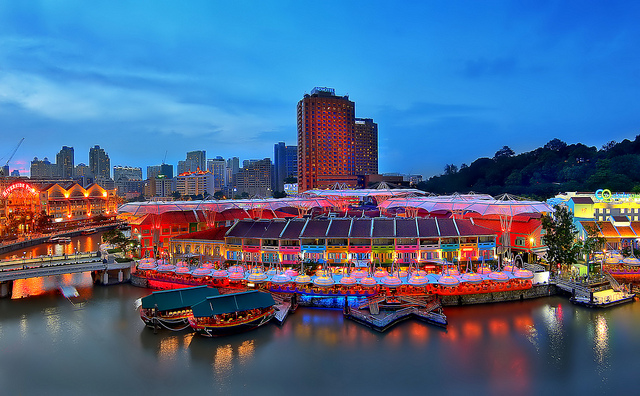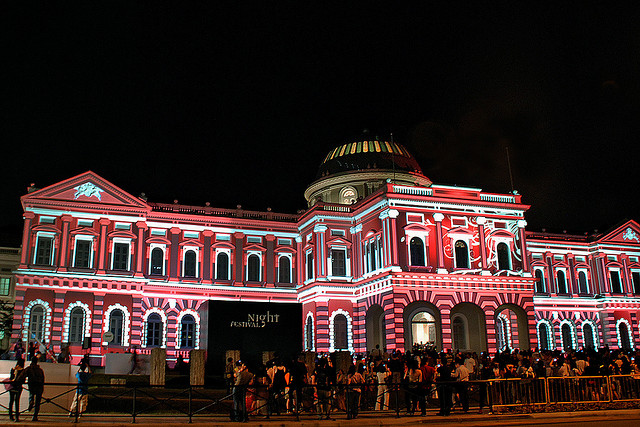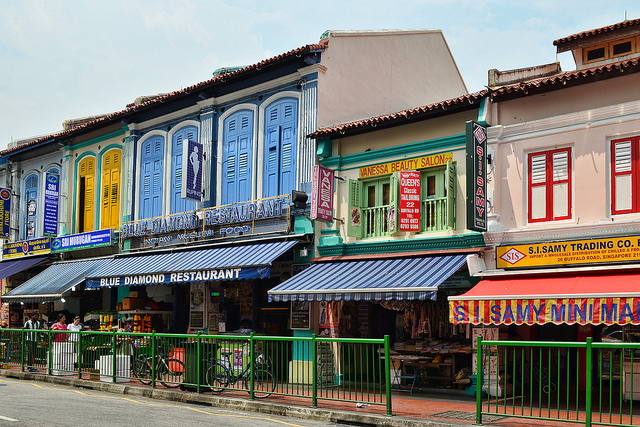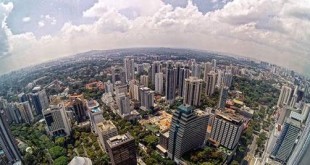Southeast Asian countries experience a mix of hot temperatures, high levels of humidity, and healthy amounts of rain. The varying degrees of this mix usually define seasons, like wet and dry, as in the Philippines. Singapore, however, does not have clear cut seasons, as it can be hot in the morning and soggy in the afternoon – of the same day!
Lying just a little above the equator, Singapore, like its Southeast Asian neighbors, is best described as tropical. In Singapore’s case, however, tropical means hot and humid a good part of the year. Rain is not a seasonal occurrence, but an (almost) everyday fact.
Temperature
Temperature seldom varies dramatically. Anytime of the year, it can be between 23°Celsius to 34°Celsius. Very rarely will the temperature rise to 36°Celsius (as it did in 1998) or drop lower than 19.4°Celsius (as it did in 1934).
Humidity
Pressure is also relatively uniform throughout the year. The same can be said of humidity, due to Singapore’s maritime exposure. The average relative humidity in Singapore is 84.2%, which means that at certain times, humidity can be as high as 100%. Coupled with high temperature, Singapore weather can get stifling.
Rainfall
Because of its high levels of humidity, Singapore gets plenty of rain regardless of the monsoons. Between December and January, moderate to heavy rains can be experienced in the afternoons or early evenings, while from February to March, there is relatively little or even no rain.
From April to May, afternoon or early evening showers can be expected. The months of June to September, when the southwest monsoon blows, is characterized by predawn to midday thunderstorm and showers. Rains can get heavy during this time, and rainfalls are expected to last for two hours on the average. The rest of the day can be overcast with a scattering of light showers until early evening.
The wettest month is November, and frequent rains, although less heavier, can be expected until January. On record, February is the driest month.
What to Wear
Given these Singapore weather patterns, you would be well-advised to wear airy and lightweight clothing like cotton so you don’t get all soggy when going out. It would also help to bring umbrellas and raincoats should rain fall unexpectedly, as they do, while you are outdoors. Remember, it can be sunshiny in the morning and overcast after lunch. The reverse is also true: While it may rain before midday, it doesn’t mean it will rain all day, as Singapore rains only last for a couple of hours.
Don’t let Singapore rains dampen your outdoor plans. While it’s best to strut along Orchard Road without the burden of umbrella, should you get caught in rain, there are plenty of indoor attractions to get busy with. Singapore shopping malls, museums and art galleries are a good start.
With that being said, there is no best time to visit Singapore. It is best to plan your trip around the festival calendar rather than the steady but unpredictable weather.





